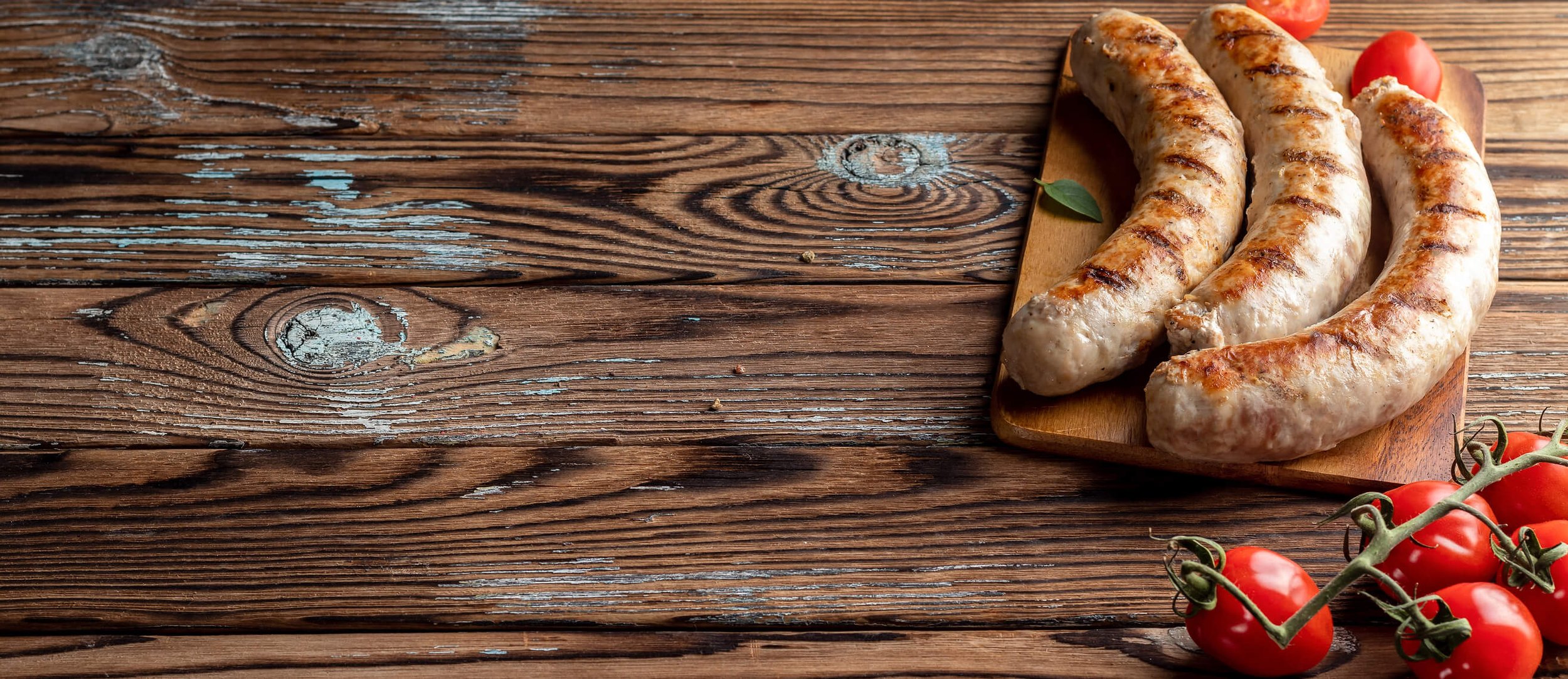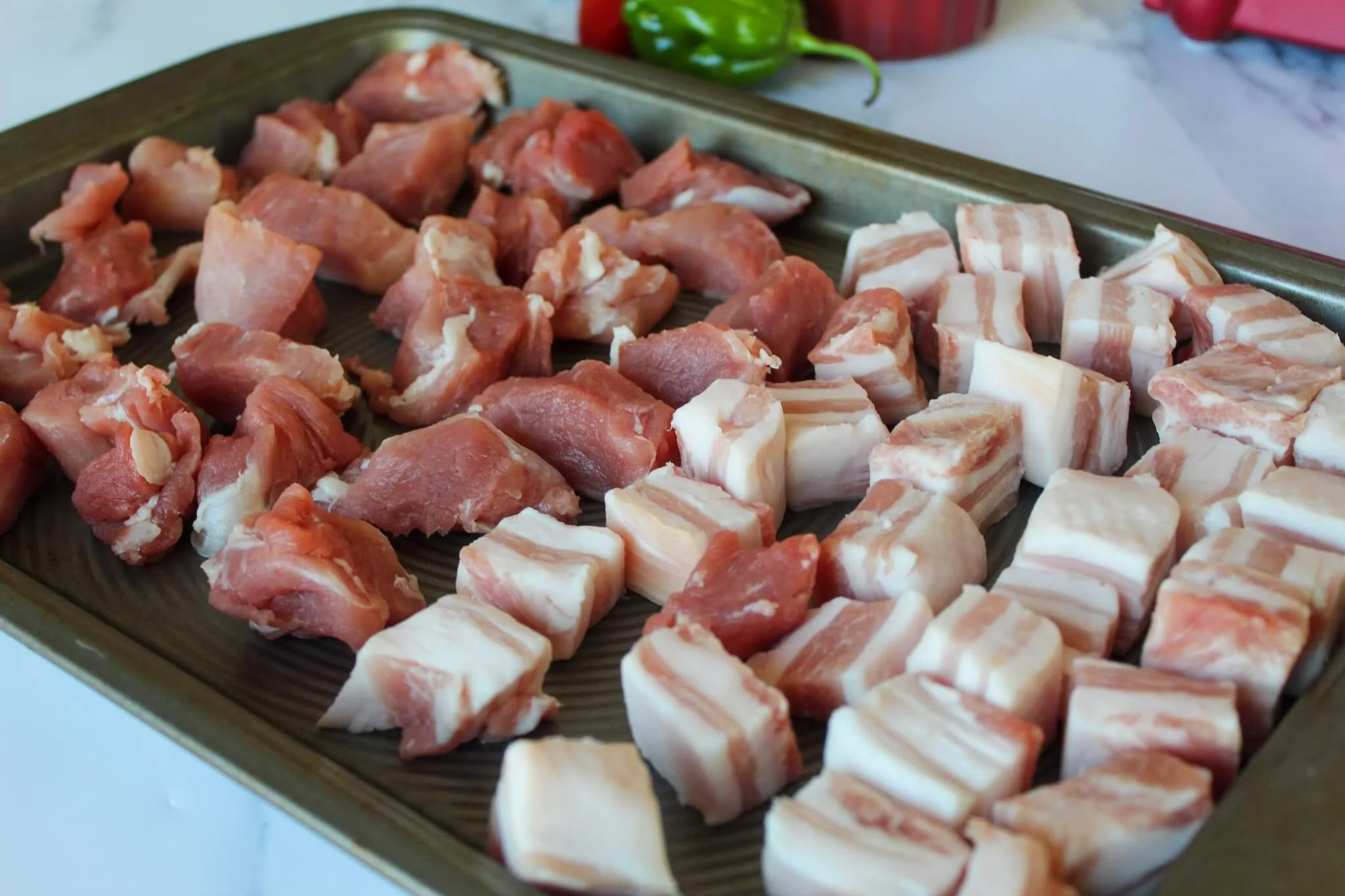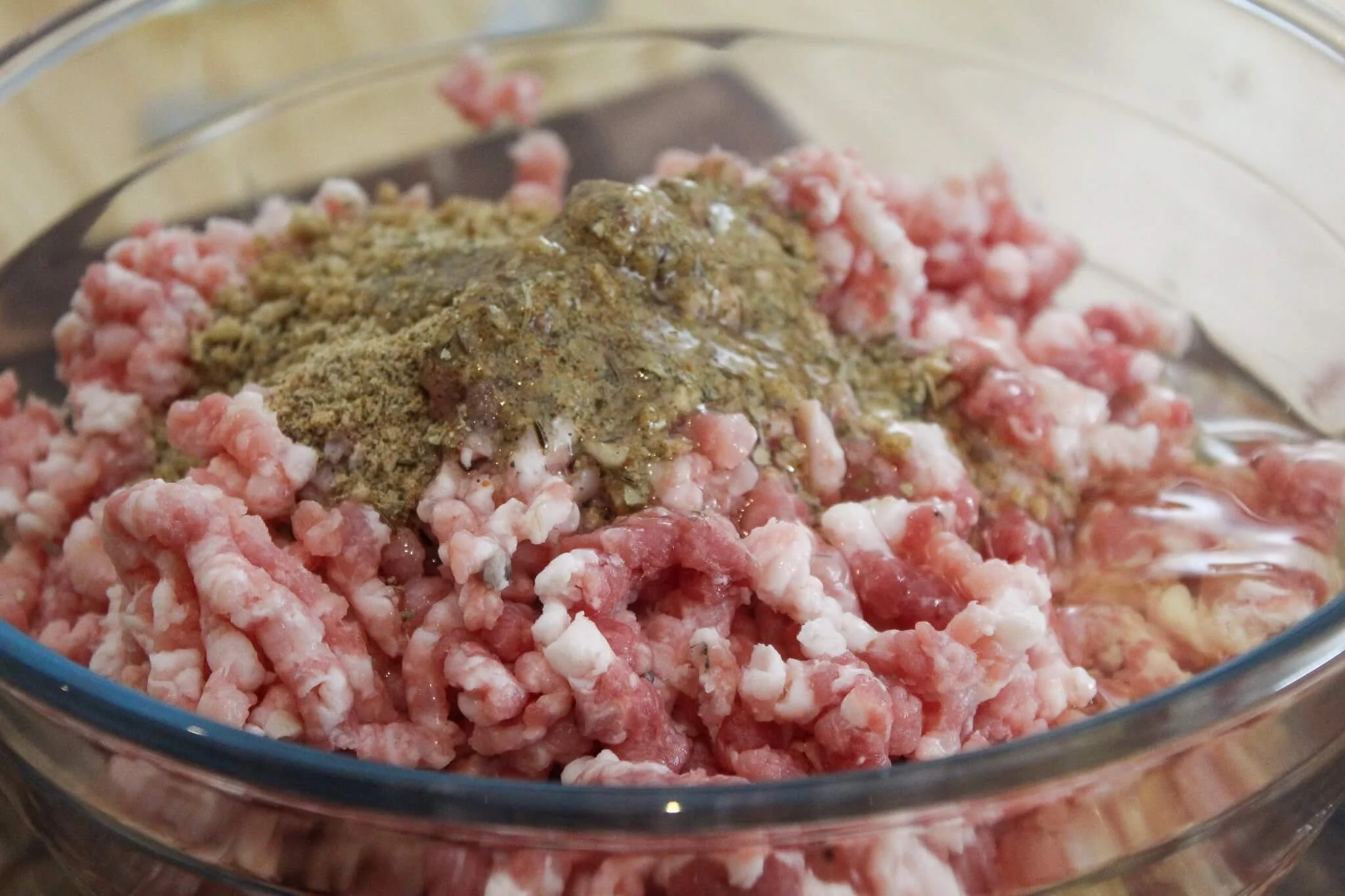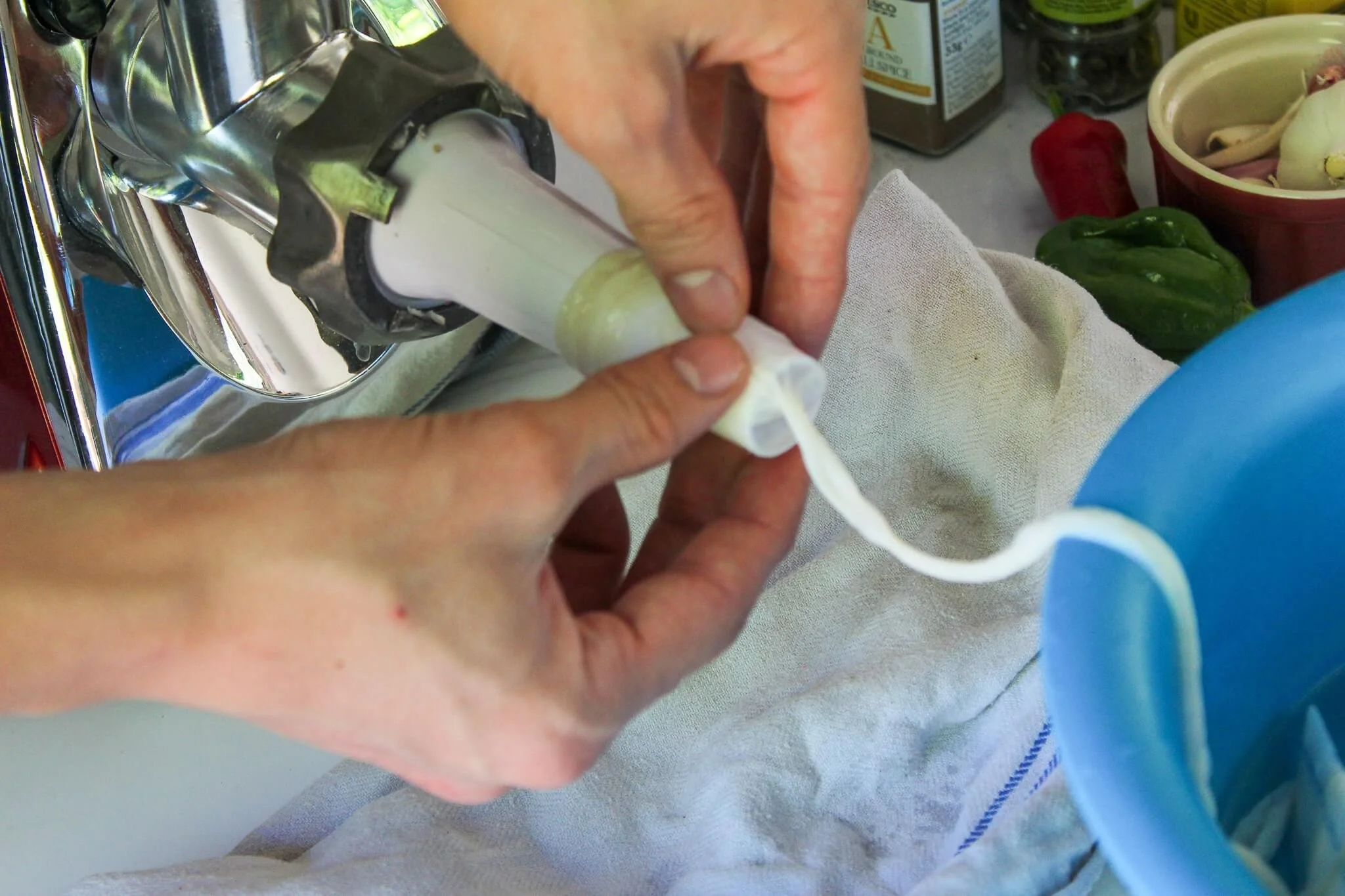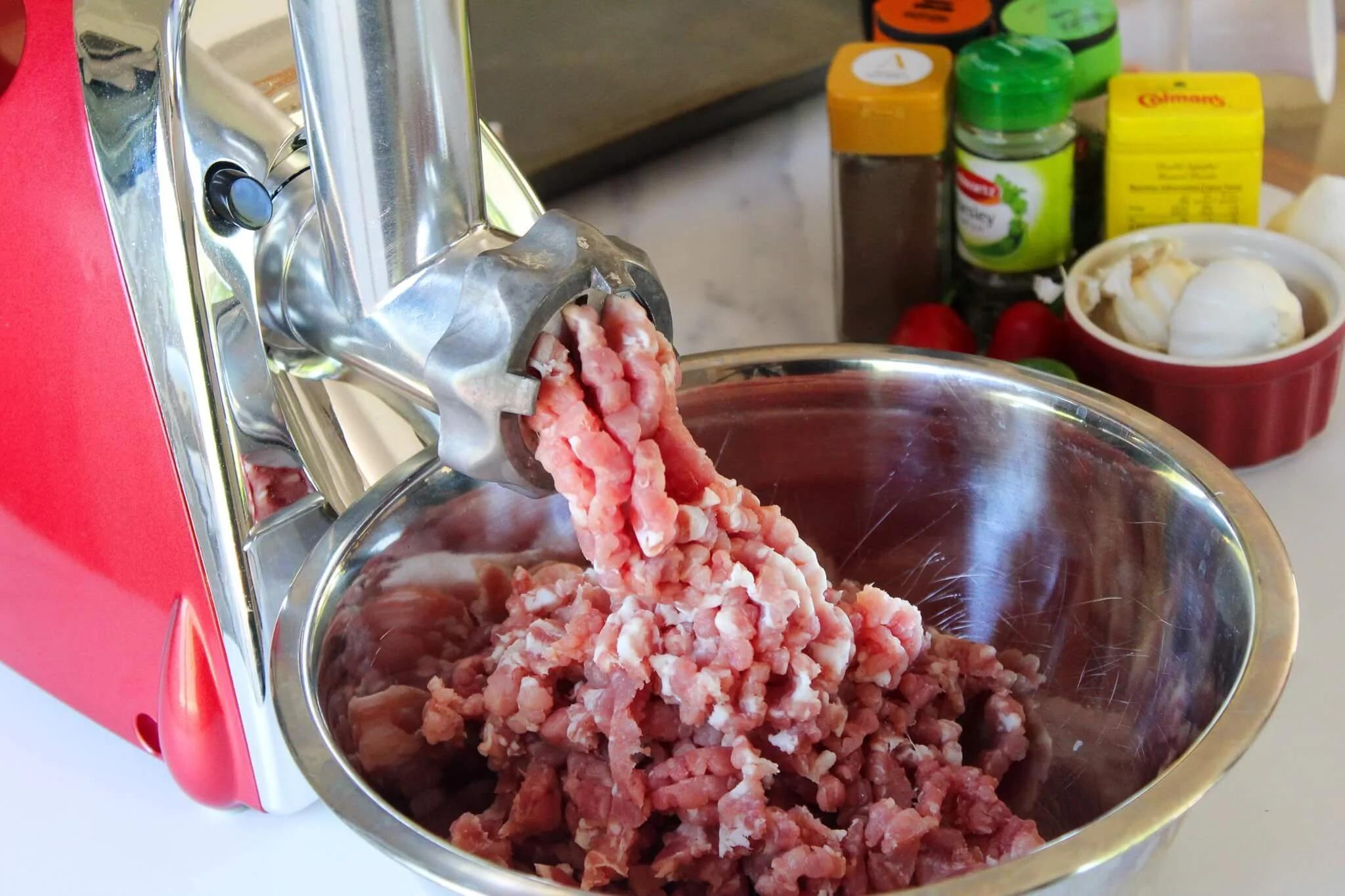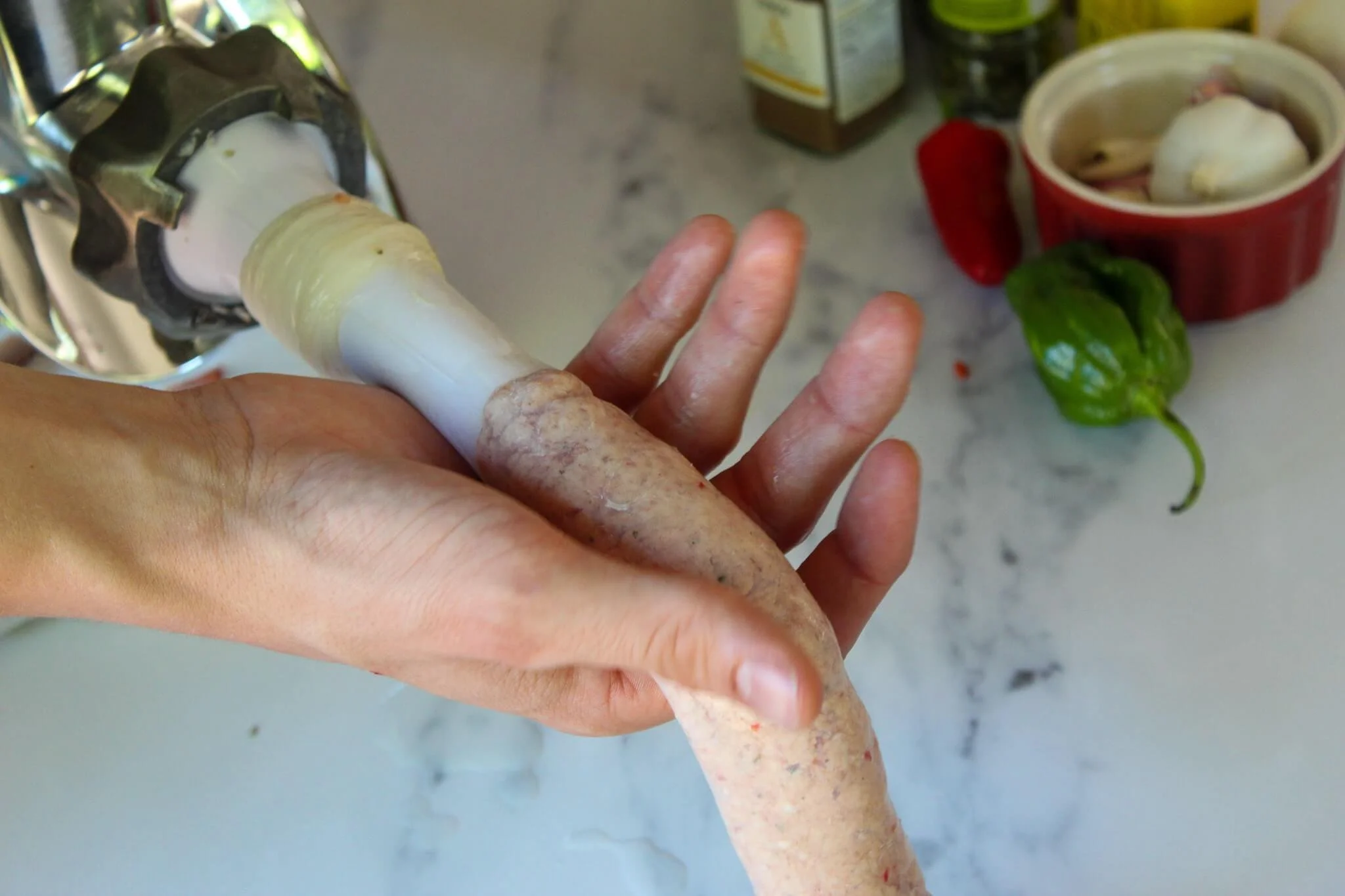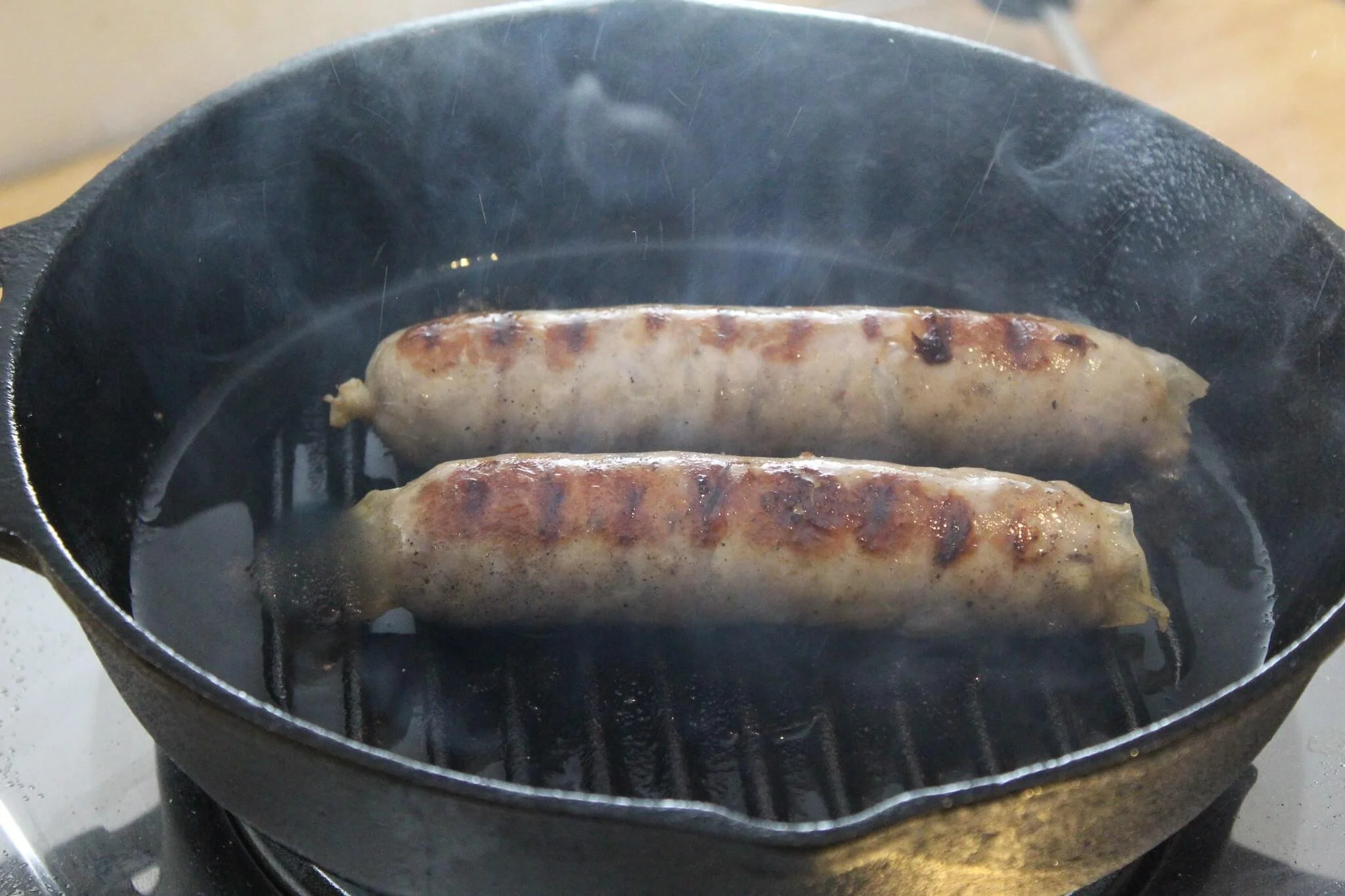Connect with your German Roots With This Guide on How to Make Bratwurst
Discover > Texas Recipes > Connect with your German Roots With This Guide on How to Make Bratwurst
Like schnitzel, sauerkraut (how long does sauerkraut last?), and pretzels (how long do pretzels last?), sausages are one of the first things that spring to most people’s minds when they think of German food, and none is more popular than classic bratwurst. ‘Bräten’ is the german word for frying. Contrary to popular belief, the name bratwurst is derived from the old german word for chopped meat ‘brät’, and ‘wurst’, german for sausage not the former cooking method translation.
History
Nuremberg is internationally renowned for producing and grilling sausages, and it’s thought that the very first german bratwurst recipe can be found in the Franconian city. That being said it is a very hot topic (particularly between the Thüringens and Franconians) as to who actually invented the universally popular sausage. More recently historians have theorized that the recipe originally comes from the Celts and was later passed on to the Thüringens and Franconians but I digress.
Ingredients
Meat
Bratwursts can be made from veal (baby cow), beef, pork, and most commonly a mixture. Pork fat is more often than not added for flavor, texture, and moisture. The fat to meat content of sausages should generally fall around 70% lean meat to 30% fat.
A lack of fat will make dry, crumbly sausages while too much fat will make soft, greasy links.
Pork shoulder is the most common cut of pork used for homemade sausage making. The shoulder has just enough fat to make a decent sausage. If you mix the pork with beef or veal you’d have to add some extra fat. You can leave the fat cap on the pork should and grind it into the sausage to make sure you retain as much of that fat as possible.
Spices
German food doesn’t tend to be heavily seasoned. Some spices synonymous with german food and sausages are salt, pepper (both black and white), lemon, nutmeg (how long does nutmeg last?), caraway, mustard (how long does mustard last?), juniper berries (how long do juniper berries last?), dill (how long does dill last?), and marjoram. While garlic doesn’t play a major role in traditional german cooking, it’s becoming more and more popular in modern times.
Avoid the crowds and shop for salt, pepper, nutmeg, caraway, mustard, and marjoram online from the comfort of your home!
Binders
Binders are common in ground meat dishes because hence their name; they bind the dish together. Some common binders in German sausage making are eggwhites, bread crumbs (how long do bread crumbs last?), oatmeal, and milk (regular, evaporated, or powdered).
Types of Bratwursts
Today there are many variations of the popular link you can buy these days. The meat, length, coarseness, spices, and binders vary greatly depending on regions and locality. In the same way, brats are served a variety of ways depending on which region of Germany (or Europe) you’re in. Most commonly they’re served with mustard and some form of bread like a roll or a pretzel. Some lists document that there are over 40 variations of the bratwurst, these are some of the most popular:
Fränkische Bratwurst
This Franconians bratwurst is long, thick, and coarse with marjoram as its characteristic ingredient. It’s most commonly served with sauerkraut or potato salad.
Coburger Bratwurst
First documented in Coburg in 1498, Colburgers are made from pork and a minimum of 15% beef and seasoned with salt, pepper, nutmeg, lemon zest (how long does lemon zest last?), and bound with eggs. They’re coarse and long and generally frilled over pinecones and served in a bread roll.
Kulmbacher Bratwurst
The Kulmbacher Bratwurst is a finely-ground Rohwurst from the city of Kulmbach in Upper Franconia. It’s long and thin and seasoned with salt, white pepper, nutmeg, lemon zest, marjoram, caraway, and garlic. Kulmbachers are commonly either pan-fried or grilled over an open flame.
Nürnberger Rostbratwurst
Under EU law, for a bratwurst to be a Nürnberger rost bratwurst it has to be produced in Franconia's largest city, Nuremberg. They’re short, distinctively made from pork, seasoned with fresh marjoram, and are either cooked over a beechwood fire or poached in a vinegar and onion stock.
Thüringer Rostbratwurst
The Thüringer Rostbratwurst is a spicy sausage from Thuringia. It is thin and long. It is traditionally grilled over a charcoal fire and eaten with mustard and bread. The name Thüringer Rostbratwurst is also recognized as a PGI under EU law.
Würzburger Bratwurst
Originally from the city of Würzburg in Franconia, Würzburgers are similar in size and ingredients to the Thüringer Rostbratwurst with the addition of Franken-wine.
Rote Wurst (Red Sausage)
From the Swabian region in Germany made from finely ground pork and bacon, with a spicy taste. To prevent splitting during grilling or pan-frying, an x is cut into the ends of the sausage, which opens during cooking.
How to Make Sausage
Sausage Casings
Sausage making usually starts with soaking the skins in warm water for up to 24 hours. This isn’t always necessary, it depends on the type of casing you use.
Usually, sausage casings are dried and salted to preserve them hence they have to be rehydrated before use. Casings are made from hog or sheep intestines and come in a wide variety of sizes for different sausages.
How to Grind Meat
The size of the grind in a sausage makes a relatively large difference. When you buy a meat grinder it’ll come with different grinding plates that offer different grinds. Cut the meat and fat into small ½ inch cubes, lay the pieces onto a baking tray or something similar then place them into the freezer for around an hour.
Make your life easier by ordering a meat grinder and baking tray online; it's just a few clicks away!
This will help the meat pass through the grinder. For an extra-fine grind, meat is often pushed through a grinder a number of times.
How to Stuff Sausages
Sausage stuffing takes practice but it’s totally possible to make beautiful sausages the first time around if you don’t get ahead of yourself. Start stuffing by threading the meat grinder nozzle through the sausage casing, using water to lube it up if needed, then when 7 or 8 inches of casings hang off the nozzle, stop. Don’t tie the end yet that’ll cause air bubbles to form.
Start pushing the meat through the grinder and gently hold the sausage as it comes out of the grinder to guide it evenly. Be careful not to overstuff the casing. You can fix understuffed segments of the sausage but once the casing is overstuffed it will tare and you’ll have a really hard time getting back on track.
After the sausages have been stuffed, tie each end of the casing then twist the links into the long sausage. At this point, you can either hang the sausages to dry, or start to prepare them for cooking.
How to Prepare Sausages
There are a ton of ways to cook sausages. The way I always cook homemade bratwurst is by poaching them, usually in beer and onions, then pan-frying or grilling the sausages.
To do this fry some onions in some butter for 3-4 minutes with some salt and optionally some sugar, then add some beer (german if you’re feeling traditional), bring it up to a boil, and simmer the sausages for 6-10 minutes (depending on the size of the links).
After they’re been poached you need to add some color. Pour some oil into a hot cast-iron pan and sear them on all sides or fire up the grill or a campfire to finish the sausages.
I highly recommend purchasing a cast-iron pan online for a convenient shopping experience!
Sausage Troubleshooting
Split Casings are normally a result of overstuffing, however, if you’re sure you not overstuffing and taking extra care and they still seem to split, it could be that you didn’t soak the casings long enough so they’re a little more brittle.
Dry & Crumbly Sausage is because you don’t have enough fat. The pork shoulder has just enough fat to make a good enough sausage, but you can make it better by adding some extra fat.
Sausages Bursting are common because air expands when it heated causing the casing to give in to the pressure and burst. Don't prick the sausages. This will cause them to burst when they get poached. Cook the sausages at a lower heat to prevent them from bursting readily.
Hard Sausages are a result of the overuse of binders like breadcrumbs, eggs, milk,

Bratwurst
Ingredients
- 1 1/2 lbs Pork shoulder, diced
- 1/2 lb pork fat, diced
- 1 lb veal chuck, diced
- 2 egg whites
- 1 tbsp salt
- ½ tbsp ground black pepper
- 1 tsp ground white pepper
- 3 garlic cloves, finely minced
- 2 tsp dried sage
- 2 tsp dried marjoram
- 1 tsp ground cardamom
- 2 tsp caraway seeds, toasted & ground
- 2 tsp mace
- 1 tsp ground nutmeg
- 1 tsp Mustard powder
- 1/4 tsp ginger
- 1 tbsp butter
- Salt & pepper, to taste
- 1 yellow onion, sliced
- 2 cups German beer
Instructions
- Place all the diced meat onto a baking tray and place it into the freezer.
- Meanwhile, make the spice mix by combining all the spices in a small bowl and mixing them thoroughly.
- Once the meat is hardened take it out of the freezer, hook up your grinder with a medium grind plate, then grind the meat into a large mixing bowl.
- Add the spices and use your hands (preferably with gloves) to combine the spices into the sausage meat.
- Thread the hog casing onto the sausage maker nozzle with around 7-8 inches hanging off the end. Don't tie this end yet.
- Stuff the grinder with the sausage meat then push it through and fill the casing using your other hand to guide the meat into the casing.
- Once all the casing has been stuffed, tie both ends and twist the large sausage into 5-6 inch links.
- Set the sausages aside while you make the beer bath.
- Melt the butter into a pan over medium-high heat and add the onion with some salt and freshly cracked pepper.
- Sweat the onion for 3-4 minutes before pouring in the beer and bringing it up to the boil.
- Simmer the sausages in a beer bath for 6-7 minutes.
- Place a skillet over medium-high, add 1-2 tablespoons of olive oil.
- Sear the poached sausages on all sides or alternatively, fire up the grill and cook them over an open flame.
Nutrition Facts
Calories
631Fat
50Sat. Fat
20Carbs
7Fiber
1Net carbs
6Sugar
1Protein
30Sodium
1347Cholesterol
149
